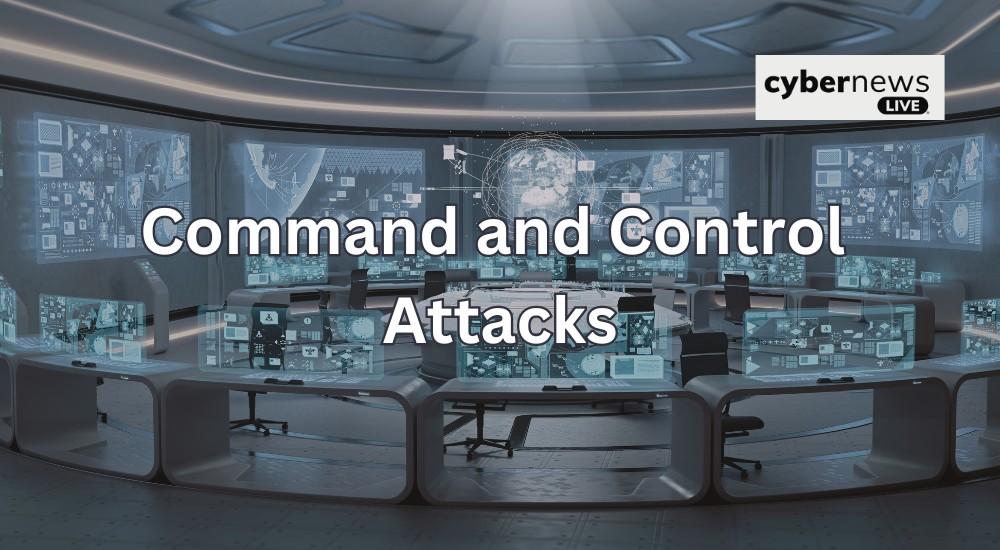

What are Command and Control Attacks?
As the cyber landscape expands, malicious actors have evolved beyond simply breaching systems. Cyber criminals now aim to maintain an undetected presence to control the system and extract the data according to their needs. Command and Control (C2) attacks create a covert link between the compromised system and the C2 servers, enabling prolonged access. This prolonged connection allows cyber actors to execute various malicious activities such as data theft, distributed denial of service (DDOS) attacks, or complete network compromise by threat actors. These attacks highlight the critical need for robust security measures to defend against such threats. We can effectively safeguard our systems from these evolving cyber threats by implementing robust security measures and mitigation strategies.
Malicious attacks have become increasingly common, with one especially harmful method exploiting DNS for C2 purposes. This insidious technique enables threat actors to establish covert channels with compromised devices over a network. C2 attacks typically involve one or more covert channels, depending on the nature of the attack. These channels range from simple and direct communication to intricate and resilient structures. Attackers use these varied communication channels to execute various malicious activities, including deploying additional malware payloads, creating botnets, and exfiltrating sensitive data. This underscores the importance of understanding and defending against these sophisticated threats.
Let’s understand the C2 attacks in detail.
What are Command and Control Attacks?
A C2 attack is a sophisticated tactic cyber criminals employ to communicate with and control an infected network or device. Hackers establish convert channels or backdoors between servers and compromised networks or machines to orchestrate malicious activities.


How Does a Command and Control Attacks Work?
Cyber criminals meticulously craft C2 attacks to target individuals, organisations, or critical infrastructure. These attacks operate in the following stages:
Point of Entry
The adversary initiates the attack by gaining access to the target network. The initial breach is achieved through phishing emails containing malicious downloads, exploiting the vulnerability, or using stolen credentials. This stage aims to install malware or establish a foothold within the network.
Establishing the Command and Control Connection
After a successful breach, the attacker employs hidden communication channels to establish C2 links with compromised systems using malware. This tactic allows them to remotely control and execute malicious operations, posing a serious cyber security threat.
Lateral Movement And Persistence
Once the control is established, attackers proceed with lateral movement and persistence strategies. They compromise the additional machines to access sensitive details, escalate previous levels, and expand their influence. This often involves shifting laterally across different devices and servers to access more sensitive details and maintain persistence in the network infrastructure. Techniques like credentials harvesting and privilege escalation allow them to move laterally and gain access to more critical systems.
Data Discovery
Once entrenched within the network, perpetrators employ various techniques to explore the valuable servers and systems containing critical data. This phase involves data exfiltration tools and techniques to scan specific data and servers for financial records, intellectual property, or personally identifiable information.
Data Exfiltration
In the final stage of C2 attacks, cyber attackers exfiltrate stolen data from compromised devices. They employ techniques like chunking and data processing to break down data and facilitate efficient data transfer. This process is executed to evade detection and complicate the data recovery efforts. The exfiltrated data is then transferred to an external server under the control of the attacker.
The Potential Damage of Command and Control Attacks
Regardless of the model, a malware attack executed through a C2 network can compromise a network in numerous ways. While certain attacks are limited to a machine or a server, others can grow exponentially before detection. Here are some potential damages caused by C2 attacks.
Data Theft
The C2 channel is frequently utilised to exfiltrate data such as financial records, proprietary assets, and other sensitive information. This stolen data can be exploited for financial gain, used for further attacks, or even sold on the black market. The consequences of such theft can be crippling, resulting in financial losses, regulatory penalties, and significant costs associated with mitigation and recovery efforts.
Reboot
Frequent and unexpected shutdowns triggered by infected devices can severely disrupt operations, requiring additional efforts by personnel to restore optimum efficiency. The downtime and reduced productivity caused by such disruptions can be difficult to quantify but undoubtedly affect profitability.
Malware/Ransomware
C2 attacks often involve malware infections that establish a covert communication channel with the attacker’s C2 server, enabling the potential spread of additional malware and escalation to more insidious threats like ransomware. Ransomware encrypts the data, locking victims out of their systems and demanding hefty payment in exchange for decryption. The implications of these attacks extend far beyond the financial loss, resulting in reputational damage and potential legal ramifications.
Conclusion
C2 presents a serious threat in the growing cyber landscape. Regardless of the method adversaries use to establish entry within an organisation, an open C2 channel can create a backdoor for data breaches. These attacks can have far-reaching consequences, leading to financial loss and reduced productivity. Hence, implementing robust security measures becomes essential to combat such threats. Organisations must employ a multifaceted defence strategy to counter these threats effectively.
Stay vigilant about evolving cyber threats and defence strategies with Cyber News Live.

